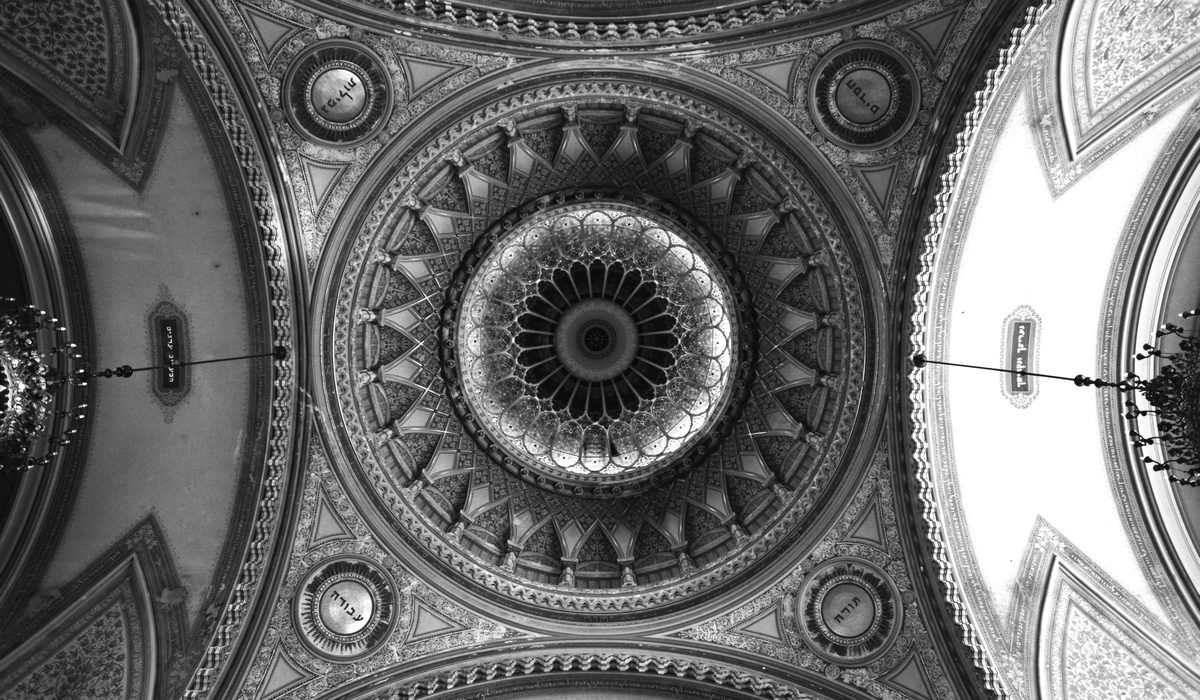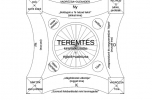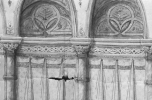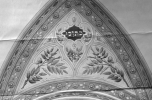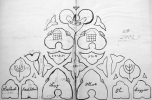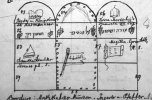Meaningful Architectural Ornamentation
On the Synagogue by Lipót Baumhorn in Szeged
Footnotes of a doctoral thesis
Text and photos: Ágnes Ivett Oszkó
Lipót Baumhorn was one of the most fertile architects of synagogues not only in historic Hungary but also in Europe in the „belle époque”. However, he was also active for more than a decade even after World War I. From 1886 on, he worked on designs of synagogues, starting with that of Esztergom, whilst in the early 1890s he left Ödön Lechner’s team to work on his own or to sometimes team up with a fellow architect. As a result, he designed yet another 25 synagogues and 52 non-sacred building as well. My doctoral thesis on the genre-specific characteristics of synagogues brought me to several recognitions, one of them being the connection between the floor-plans, the structure and the ritual functions, which is underlined and emphasised with the interior decoration scheme in some synagogues. The history and everyday life of the Jewry in Szeged, Gyöngyös, in Bethlen Square in Budapest is illustrated in the symbolic plants and objects of the glass windows. However, in one of his buildings, the synagogue in Szeged the ceiling ornamentation as well as the garden also convey meanings. This study surveys the relevant contents and forms by revealing the correlations of structure and message.
